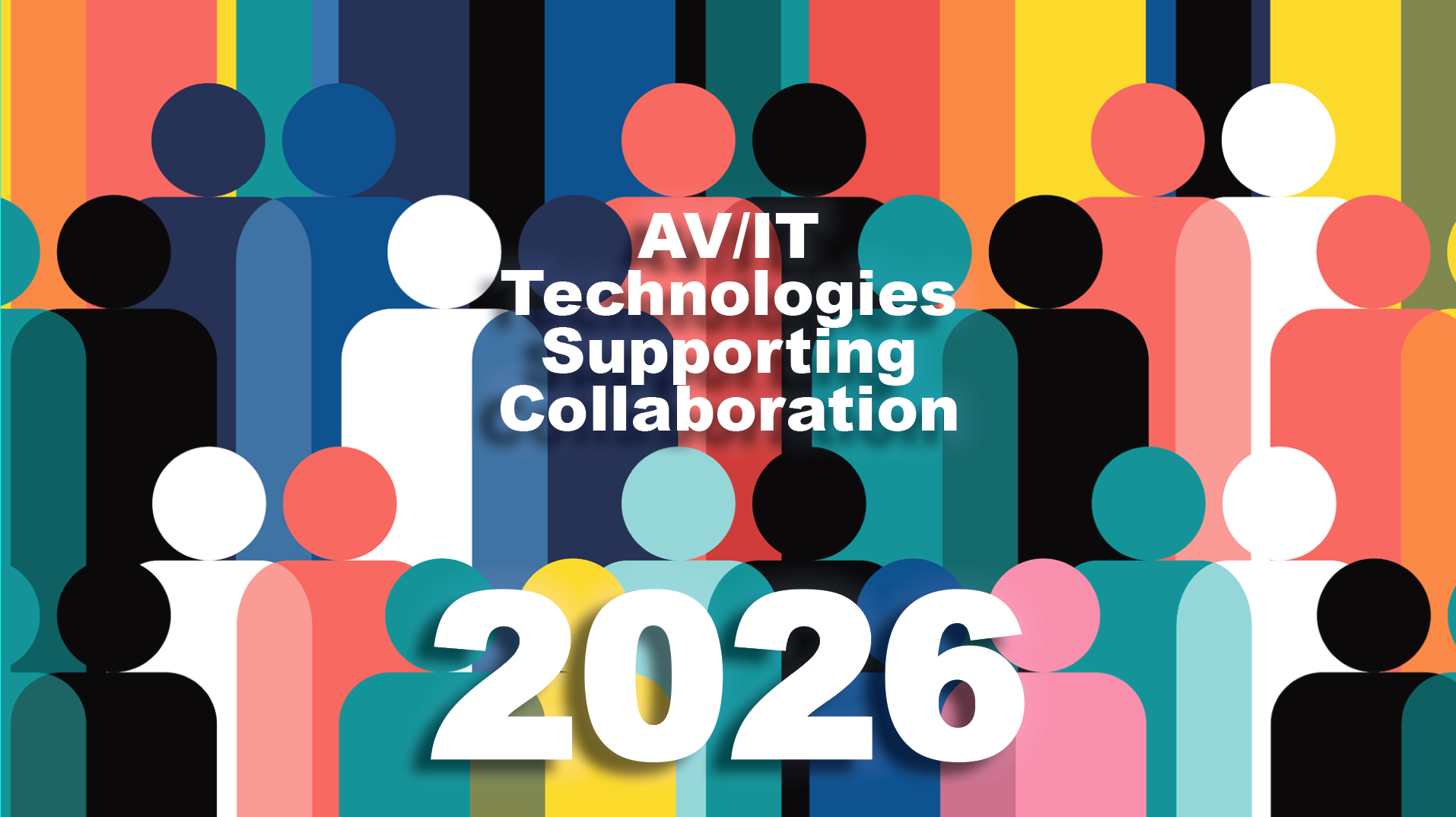When it Comes to Video Formats, Keep It Standardized
Tech managers are drowning in video format complexity. Here’s how to simplify.
Any IT executive worth her or his salt is familiar with the “KISS” principle.
“Keep It Simple, Stupid” is a mantra that reminds us that complexity is a killer when it comes to the implementation and actual use of new technologies. Simple solutions are more likely to be deployed successfully and have a positive impact on a business when employees can easily put the technology to work.
At many organizations, however, video streaming represents the antithesis of “KISS.” Whether it is concerns about security, fears of over-taxing the corporate computing network or uncertainty over how to best leverage video in communications applications, the word “simple” is not a term that leaps immediately to the mind of many IT managers when they think about streaming.
While the emergence of hosted and hybrid streaming platforms promises to change that outlook over the long haul, many organizations would benefit from a more immediate mindset adjustment. With that in mind, let me humbly suggest that IT managers embrace a modified form of “KISS” when considering solutions that incorporate online video into their business communications box.
Instead of simplicity in streaming, let’s opt for the far more achievable goal of “Keep It Standardized, Silly.” At this point in streaming’s evolution, complexity is virtually unavoidable. But organizations can minimize the impact of that complexity through technology choices that make streaming platforms more accessible and flexible over the long haul.
Here are a few features that you should look for in streaming solutions that can help you embrace the modified version of KISS when putting video to work at your organization:
#1. Ingest from Varied Video Sources
A daily selection of features, industry news, and analysis for tech managers. Sign up below.
Where possible, deploy streaming platforms that can process different types of video inputs. If an ecosystem can handle video from webcams, video conferencing units, capture appliances, smartphones and other devices, fewer barriers will exist to keep you from getting streaming content from the camera to the user’s screen.
#2. Support for Application Programming Interfaces
Platform vendors who develop accessible application programming interfaces (APIs) make it easier for organizations to update solutions with added features – whether those options are developed by the primary technology provider or an outside software developer. Such flexibility helps to better “future-proof” streaming deployments.
#3. Consider Hosted Options
Software solutions managed from the cloud make it possible for employees in multiple locations to access comparable platform features, regardless of their geography. But this does not imply that you should limit evaluation to pure cloud solutions. “Hybrid” offerings combining elements of hosted capabilities with on-premises equipment also can provide the desired platform flexibility.
#4. Simplify Format Choices
Today’s video can be digitized in a dizzying array of digital formatting options. Moving forward, this video smorgasbord may be slimmed through the use of video formats suitable for use on multiple platforms. One format drawing significant attention now is HTTP Live Streaming (HLS) — the format native to Apple’s iOS universe that also plays on a range of other devices. Another emerging option is the MPEG-DASH video standard. An organization that has the infrastructure to embrace HLS or MPEG-DASH today would be able to eliminate some of the complexity typically associated with the use of different video formats in the enterprise.
#5. Automate Content Tagging
Some streaming platforms offer features that use speech-to-text conversion capabilities or optical character recognition to generate keywords that can be used in content searches. The ability to create such searchable content without human intervention makes it easier and cheaper to keep tabs on the information available in video archives.
#6. Implement “YouTube for the Enterprise”
Many streaming platforms offer solutions that make it possible for employees to upload their own videos to share with others in the organization. Such capabilities empower a broader range of individuals to put video to work in their day-to-day business activities and make streaming a commonly accepted
#7. Create Templates for Tallying Viewership
Today’s viewership analytics tools can generate a blizzard of data on who watched a video, when they watched it and what they were doing while engaged with the video content. Platforms that offer standardized reporting templates for packaging viewer analytics can help executives sort through the data clutter to focus only on the pre-determined viewership metrics important to them.
It is true that the nature of streaming video can create headaches for IT managers. Too many implementation variables exist, keeping video from ever achieving the “Keep It Simple, Stupid” ethos. Dialing KISS back to “Keep It Standardized, Silly,” however, just may be enough to help some companies overcome their fears of complexity and begin to realize the benefits that can come with more widespread use of online video in business communications.
Steve Vonder Haar is a regular contributor to AV Technology magazine and a senior analyst with Wainhouse Research. He can be reached at svonder@wainhouse.com.
